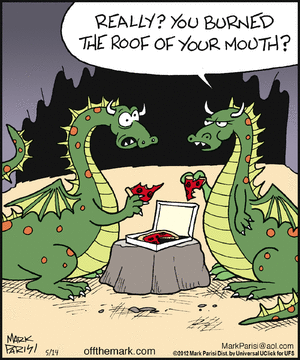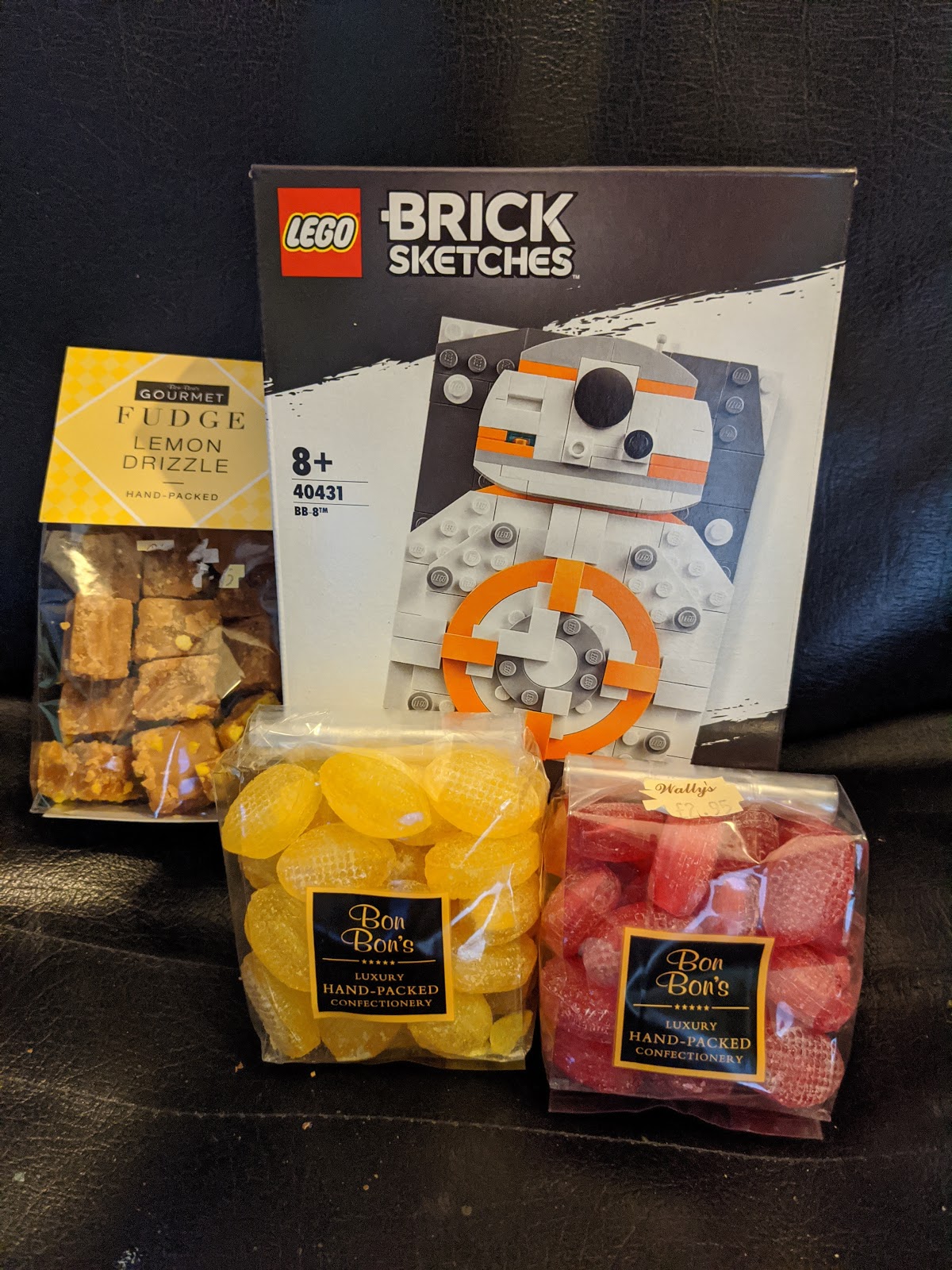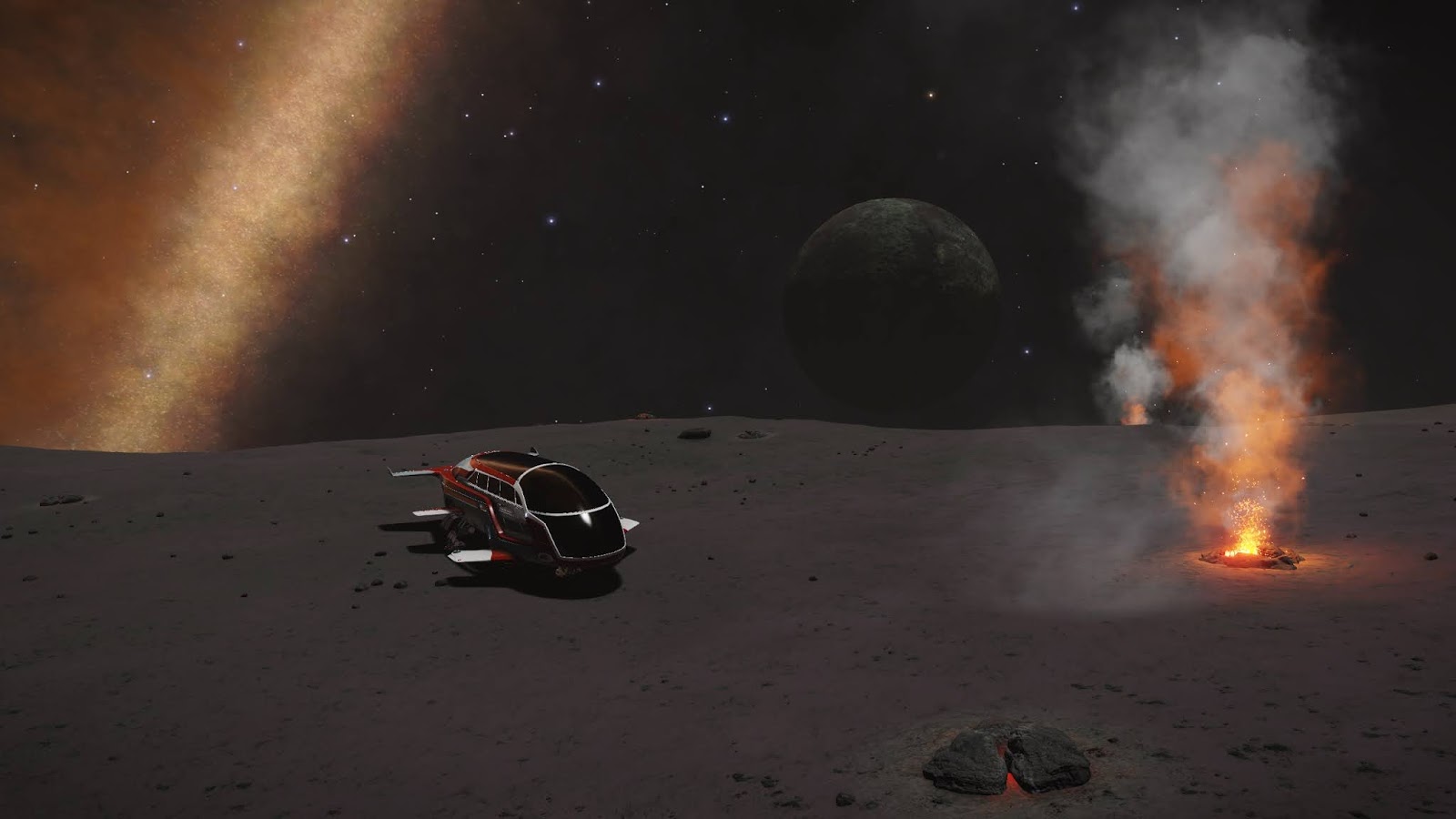Hello everyone,
Missed posting again ! I must post more regularly again. At least I’m able to post on the main browser again. I’ll get to that in a bit. But first … Been checking out a sale acquired game. It’s pretty.

The game is Horizon Zero Dawn and while it came out on console in 2017, it came to PC in 2020. It’s pretty demanding on the graphics too, so I had my eye on it partly from acquiring something super pretty to see what the graphics card could do but also because it’s got a renowned story. It’s one of the best games of its type in the 2010s. The graphics do help there but graphics aren’t everything. Where it really scores is the story, the world they’ve built and how that fits into the story and just how everything in the game works. I’m in the early days so far but something I was really enjoying was even just how the foliage reacts to your presence.

So without giving too much away, we’re in an environment that feels a lot like Earth but there are no buildings or signs of our current civilisation. At least that we can see on the surface. Our heroine, Aloy, starts off as a child in the care of a fellow called Rost. They’re both outcasts for (redacted story reasons) and the child phase gives a chance for the game to pass on a few of its gameplay systems. There’s one there up on screen, where there are a series of faint purple triangles that show where the robot’s going to go.
Yep. Game has robots. They start small, resembling predator animals but they’ll get a tad bigger too as the game goes on.
I’m not too far in to the game, I’m barely past the prologue. But I have been taken by what they’ve built here. The terrain feels crafted, in a way that procedural generation cannot do. Even Skyrim, which is a crafted world too, shows signs where they’ve been needing to cheat with terrain textures that repeat in a pattern you can easily see. I haven’t seen that so much in Horizon Zero Dawn, it feels very real. Oh and that foliage will move with you as you pass through it. It’s a stealth action game, so hiding in those red leafed bushes can let you entice over an unsuspecting enemy or mechanical beastie so you can quietly stab them with the big spear.

I was really enjoying this little celebration, with the three ladies on the stage there singing away in something traditional. These are the Nora and they call their warriors Braves, so you can probably guess that the world borrows a lot from Native American culture. And I was loving it in the bits of the game I’ve gotten to so far. The animation of the world is top notch. From the foliage, to the people having a little dance, to the main character reacting to your inputs.
I should say though that I’m running this gorgeous game on a Ryzen 5 3600 machine with 32GB and through a 3060Ti graphics card. That’s Meltdown and it’s turned into a machine that can handle everything it gets given now. It’s a pretty powerful machine, especially in these days of not being able to get hardware due to the shortages that are going on. I was very lucky to get the 3060Ti card when I did, it was literally an offer available for 10 minutes before they were all gone.
Other stuff ? I was actually in work again a couple of times … Once was to rescue the stuff from the locker. The second was to meet the team I’ve been in for a few months now. They’re a good bunch. As per tradition for here, I’m not going to be mentioning the work too much though.
Browser – I’m typing this on a new browser, having had to change because the Waterfox classic was getting too annoying and limited. So I’m on the better Waterfox now that is actually supported. It got to the point where Classic wasn’t allowing me to edit here, didn’t support Netflix, was critically slow in Twitter … etc.
Thursday’s work at work day also gave the excuse to head over to the Mall after, so of course cd’s happened. They’re : Morcheeba’s Blackest Blue, Taylor Swift’s Folklore and a double concert cd from Jean-Michel Jarre.
I’ve also picked up albums from Metric, check out Gold Guns Girls. They got Energy. I’m way overdue a music post so that’s going to happen at some point too. Need to get the Ting Tings latest too, I’m missing an album that they only released on a limited circulation for some reason. The Ting Tings have Energy too.

Yep. Game is pretty. I watched another film on Friday at my favoured (empty) local cinema. It was Moonfall. What can I say about Moonfall ? The visuals are done incredibly well. As in, stunning, epic cinematography. The story though … oh dear. Ouch. It’s so bad, it’s actually pretty bad.
The premise is that people on Earth have suddenly discovered that the Moon is dropping out of orbit, with dire consequences for everyone on Earth. There’s not much science in its fiction, which is most of the problem with the movie. There’s a lot of set pieces stitched together with the barest minimum of science to back them up.
I still somewhat enjoyed watching it … but the story is mockbuster quality with top standard visual effects.
One comment on it though – it’s got me wondering about doing a re-read of David Weber’s Dahak series of books. It felt like one of the core premises of Moonfall may have been inspired by what goes on in Mutineer’s Moon and the Armageddon Inheritance in that the Moon may not actually be a big ball of rock …
Anyone else feel like time is zipping along at the moment ? Like you realise that several days have whooshed by without you really registering them ? I have that. I think that’s one contributor to me not posting so much here lately. I need to get some build pics transferring from the phone camera into the PCs so I can post those. Oh and music posts, I’ve still been steadily picking up new stuff.
I think that’s it for me now though. 2 streams on, music on and Olympics to enjoy at some point. And more reading, I’ve been away from the Expanse finale for a little while now.
Stay safe everyone, be well.












































































